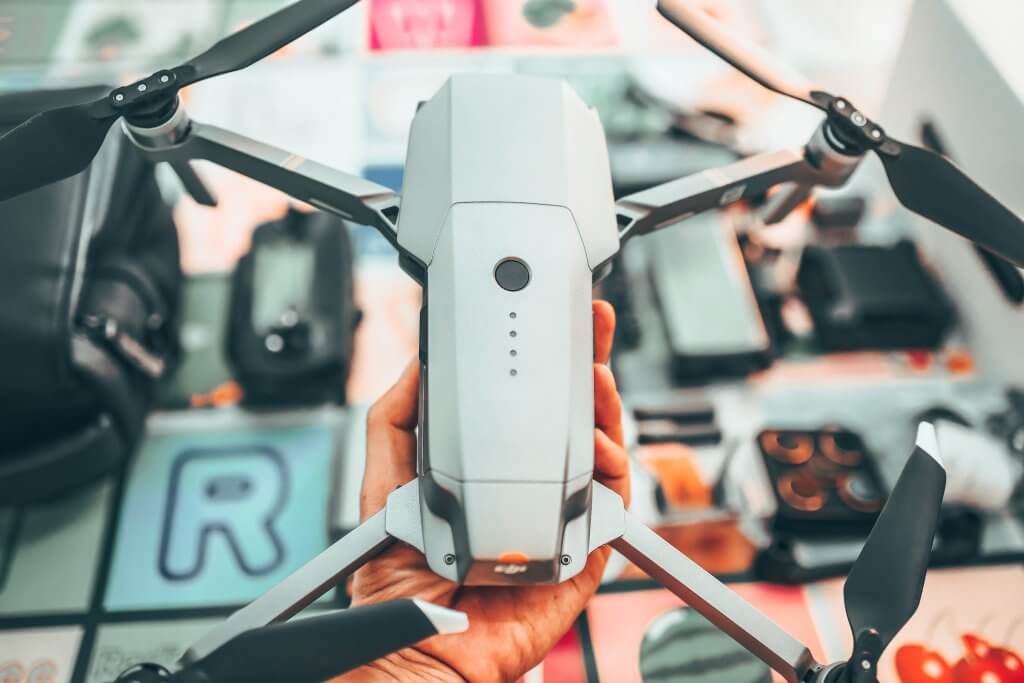In the dynamic realm of product design engineering services, the future is unfolding at an unprecedented pace, driven by emerging technologies and evolving design philosophies. The intersection of creativity, engineering precision, and cutting-edge technologies is reshaping the landscape of product development. In this comprehensive exploration, we delve into the futuristic trends and innovations defining product design engineering services, backed by figures, trends, and real-world case studies that showcase the transformative power of forward-thinking engineering solutions.

The Current Landscape: Engineering Services in a Rapidly Changing World
I. Digital Twin Technology: Bridging the Virtual and Physical Realms
At the forefront of futuristic product design engineering is the integration of digital twin technology. Digital twins are virtual replicas of physical products or systems, providing a real-time simulation that enables engineers to visualize, analyze, and optimize designs. The use of digital twins not only accelerates the design process but also facilitates predictive maintenance, reducing downtime and enhancing product performance.
Tip for Innovation: Leverage digital twin technology to create a dynamic feedback loop between the virtual and physical prototypes. This iterative process ensures optimal design outcomes and minimizes the need for costly physical iterations.
II. Generative Design: Unleashing the Power of AI-driven Creativity
Generative design, empowered by artificial intelligence (AI), is revolutionizing the way products are conceived and optimized. By inputting design constraints and performance goals, AI algorithms generate a multitude of design iterations, exploring possibilities that human designers might overlook. This not only expedites the design phase but also results in structures that are often lighter, stronger, and more efficient.
Tip for Implementation: Integrate generative design tools into the early stages of the design process to explore a broad spectrum of design possibilities. This can lead to innovative solutions that may not be immediately apparent through traditional design methods.
Emerging Technologies Shaping the Future
I. Additive Manufacturing: Redefining Prototyping and Production
The rise of additive manufacturing, commonly known as 3D printing, is transforming the way prototypes are developed and small-scale production runs are executed. With the ability to create complex geometries and rapid iterations, additive manufacturing accelerates the product development timeline. This technology is particularly impactful in industries ranging from aerospace to healthcare.
Tip for Innovation: Embrace additive manufacturing for rapid prototyping to speed up the validation and testing phases. Additionally, explores its potential for producing customized and on-demand products, opening new avenues for market differentiation.
II. Augmented Reality (AR) and Virtual Reality (VR): Enhancing Design Collaboration
The integration of AR and VR technologies in product design engineering services is fostering a new era of collaboration and visualization. Design teams can now collaborate in virtual environments, allowing for real-time feedback and immersive experiences. This not only streamlines communication but also enhances the understanding of complex design concepts.
Tip for Implementation: Implement AR and VR tools for collaborative design reviews and client presentations. This enhances stakeholder engagement and provides a more intuitive understanding of design concepts.
Design Philosophies Shaping the Future
I. Sustainable Design: From Concept to Implementation
The future of product design engineering services places a significant emphasis on sustainability. With a growing awareness of environmental impact, engineers are incorporating sustainable design principles from the inception of projects. This includes material selection, energy efficiency, and end-of-life considerations, ensuring that products align with a global commitment to sustainability.
Tip for Sustainability: Conduct a lifecycle analysis of products to identify opportunities for reducing environmental impact. Consider the use of recycled materials, energy-efficient designs, and eco-friendly manufacturing processes.
II. User-Centered Design: Elevating the Human Experience
User-centered design, a philosophy that prioritizes the end-user throughout the design process, is gaining prominence. Beyond functional considerations, this approach focuses on the emotional and experiential aspects of product interaction. By incorporating user feedback early and often, engineers can create products that not only meet but exceed user expectations.
Tip for Implementation: Integrate user feedback loops into the design process, employing tools such as surveys, usability testing, and user personas. This ensures that the final product resonates with the intended audience.
Case Studies: Breakthrough Products Born from Innovation
I. Tesla’s Cybertruck: A Fusion of Material Innovation and Futuristic Design
The Cybertruck from Tesla exemplifies the marriage of innovative engineering and bold design. Beyond its unconventional appearance, the Cybertruck’s exoskeleton is made from ultra-hard stainless steel, showcasing a departure from traditional automotive manufacturing methods. This breakthrough design not only enhances durability but also challenges industry norms.
II. Prosthetic Limbs by Open Bionics: Redefining Personalization through Additive Manufacturing
Open Bionics, a company specializing in prosthetic limbs, leverages additive manufacturing for personalized and affordable solutions. Through 3D printing, they can create customized prosthetics that are not only functional but also aesthetically pleasing. This approach empowers users to express their individuality while benefiting from cutting-edge engineering.
Navigating the Future with KD Product Development
As the future of product design engineering services unfolds, KD Product Development stands at the forefront of innovation. Our commitment to staying abreast of emerging technologies and design philosophies enables us to deliver solutions that transcend expectations. From digital twin integration to sustainable design practices, we navigate the complexities of the evolving technological landscape with expertise and vision.
In conclusion, the future of product design engineering services is an exciting frontier of innovation. By embracing emerging technologies and forward-thinking design philosophies, engineers can create products that not only meet current demands but also shape the future of industries. As we navigate this future at KD Product Development, our focus remains on empowering our clients with solutions that transcend the ordinary and lead the way into a new era of product development.